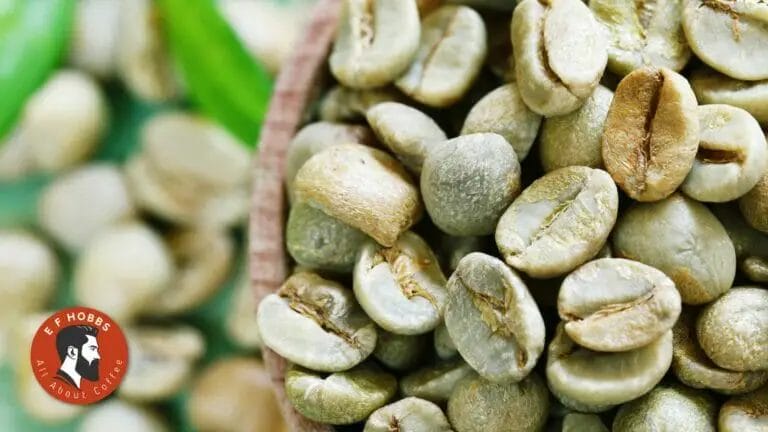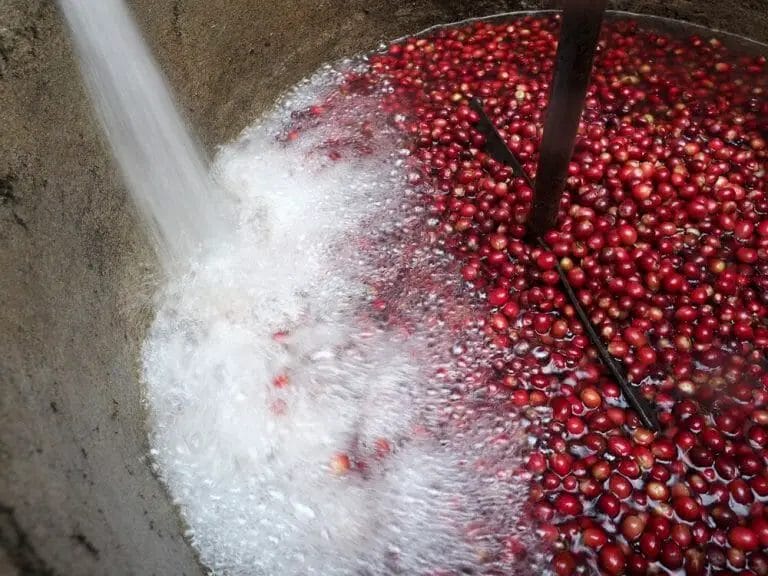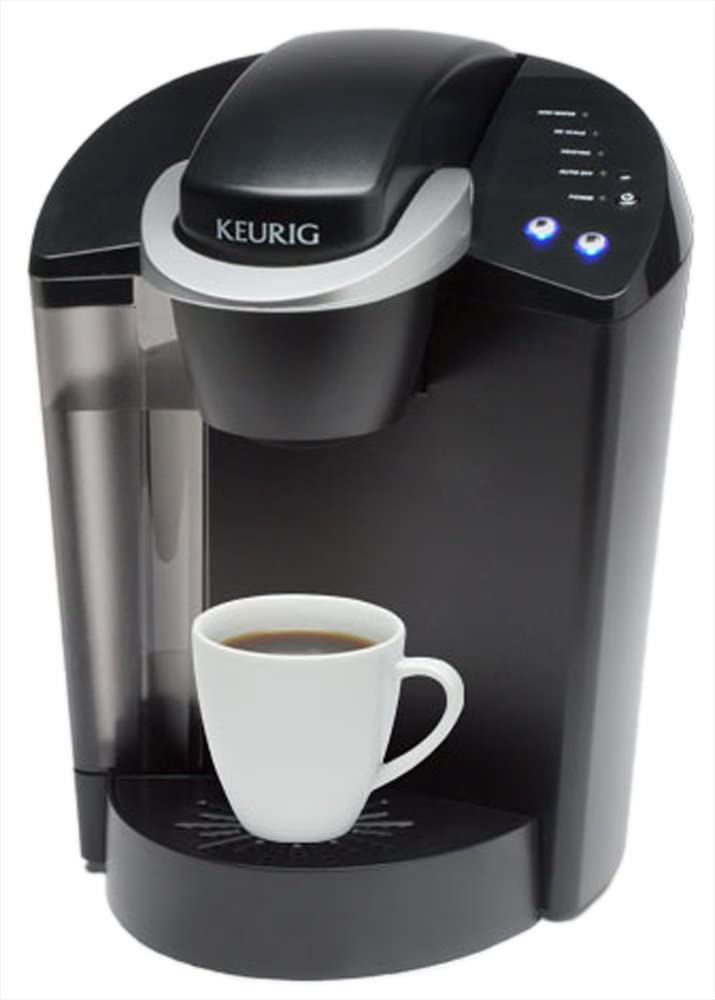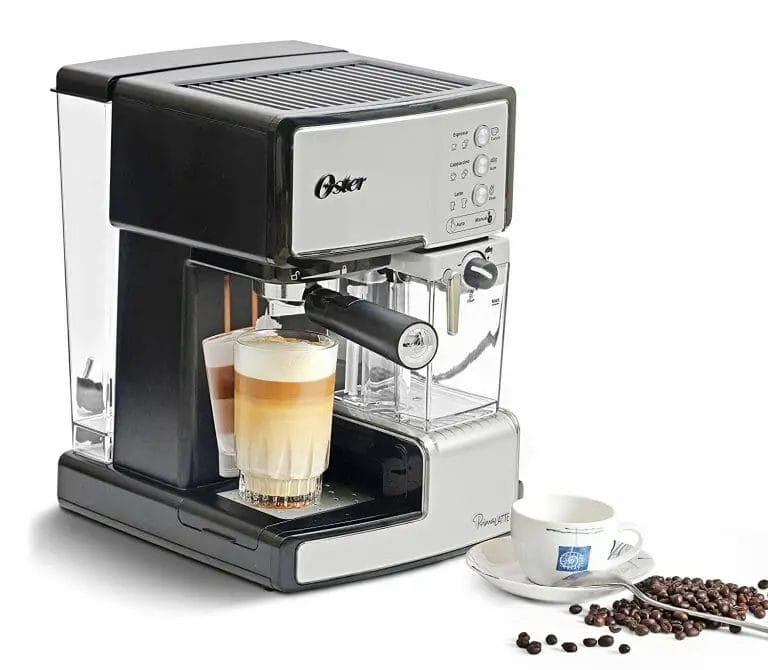Moka Pot FAQs
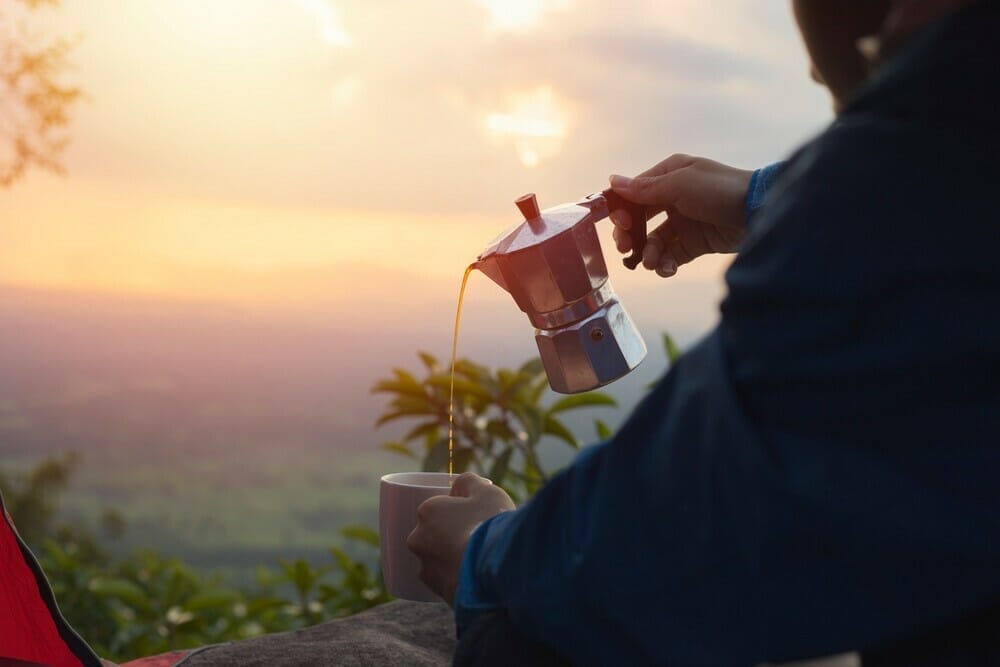
You may have recently just bought a Moka pot or have been using one for a few months already.
Either way, you must know what usage and maintenance techniques are needed for the appliance to allow for long-term use.
This is where our comprehensive Moka pot FAQs come in handy! Contained below are all answers to your questions, from how to clean the back boiler of a Moka pot to fix any other common problems that you may encounter, including reassembling a Moka pot, if you can tamp a Moka pot, and more.
It is recommended that you read through this thoroughly before you begin using your Moka pot.
The Moka pot is a unique coffee-making appliance that is often overlooked for a reason. It is not as simple a device as the drip coffee machine or espresso machine.
However, after taking time to understand how to take care of your Moka pot and understand its uses, it can make some great coffee.
It is the Italian machine invented by Alfonso Bialetti in 1933 at his workshop in Cascine, Milan. Commonly referred to as the Bialetti stovetop espresso maker, the Moka pot became famous after its invention for providing quick or “archi” coffee when traditional methods required more time.
Let’s look at some of the frequently asked questions by Moka pot users.
How to clean a stainless steel Moka pot?

The best way to clean your Moka pot is with a soft sponge. Be careful not to use steel wool or any cleaning materials that may harm the surface of the steel.
It is recommended that you wash it after every use, not only for hygiene purposes but also for longer-lasting maintenance.
- Step 1: Unscrew the chamber, take the filter basket and rinse it.
- Step 2: Take the coffee collector and remove the rubber gasket.
- Step 3: Rinse the filter plate, the Gasket, and the coffee collector.
- Step 4: Rinse the water container or the heating vessel.
- Step 5: Dry all parts entirely with a towel before re-assembling them.
How is Moka pot different from regular coffee brew?
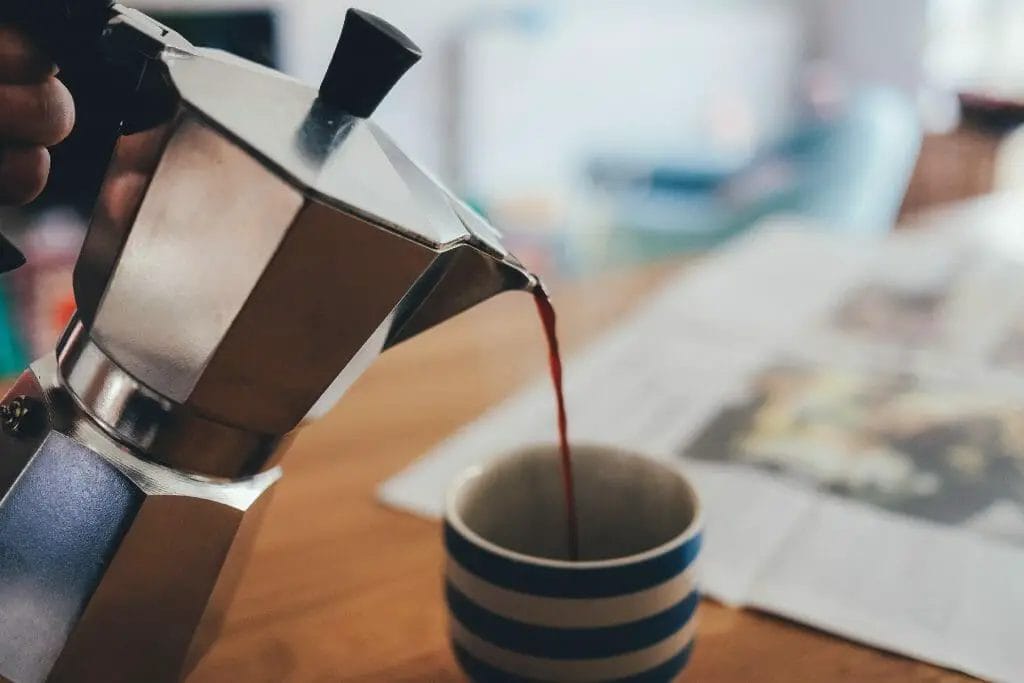
The Moka pot is a stovetop espresso maker that you can use to heat the water and preheat the coffee filter.
First, you have to pour the ground coffee into the filter, after which you wait for 60 seconds before pouring in a couple of pumps directly into the chamber.
The result is a rich, hot cup of coffee in about 15 seconds.
In contrast, traditional drip makers like the Chemex or French Press require much more time (usually at least 3–5 minutes) before you can enjoy your cup of strong coffee.
Coffee flavour:

You can attribute the difference in the taste of coffee brewed in Moka pot through brewing.
If you take a regular pot and brew the beans, the water heats up above 100 degrees Fahrenheit, resulting in a dark brown, bitter scent in the flavour.
On the other hand, the coffee brewed in a Moka pot does not go above 100 degrees Fahrenheit. Hence, it creates a lighter-coloured coffee that is less bitter.
However, Some Moka pots can produce a more robust flavour than those from a drip maker.
Ease of use:

The Moka pot is a simple machine that does not require much time to prepare or use.
You can pour in the ground coffee, turn up the heat, and minutes later, enjoy a cup of coffee.
On the other hand, drip coffee makers have more features that make preparing and using them a little bit more complicated.
For instance, you have to program the machine for brewing times or set it to switch itself on at night automatically.
Cost:
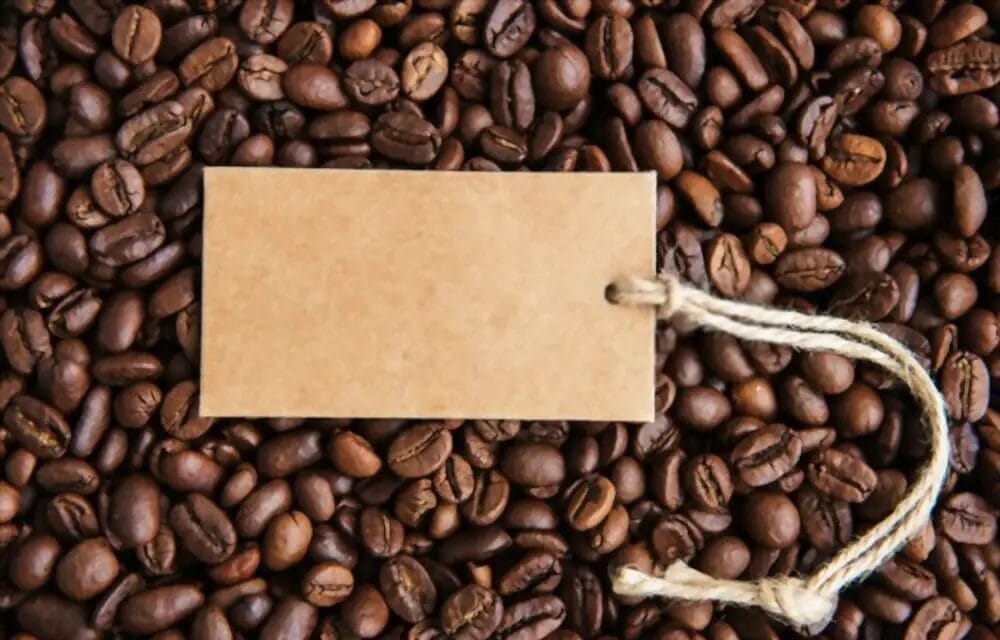
Moka pots are not as expensive as Regular drip coffee makers. However, according to the price of the Moka pots, it is usually higher than those from other espresso makers.
However, consider the lifespan of the device when deciding whether you should invest in a Moka pot or not.
The life span of grind and water filters can vary between one month and one year, and Moka pots are prone to breaking due to frequent use.
Coffee brewing:
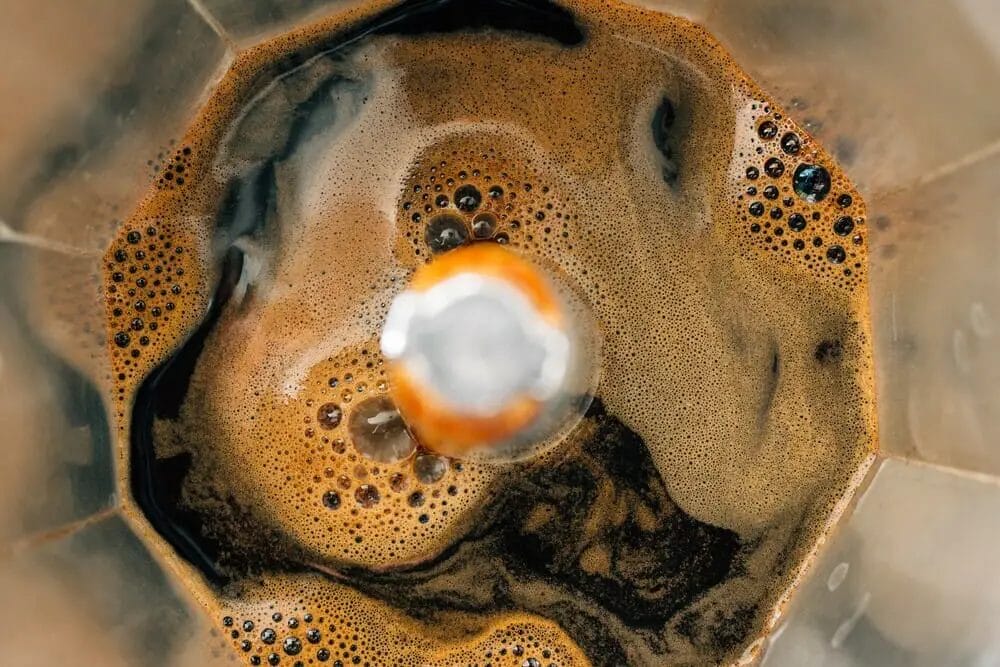
Typically, there are two brewing methods for coffee brewed in a Moka pot: archi and espresso.
In the Regular coffee brews, you must rinse the filter after every use with hot water. Then you add the ground coffee and wait for 60 seconds before pouring it into the coffee chamber.
It is done to let the water in the Moka pot heat to 100 degrees Fahrenheit, allowing you to brew a delicious cup of coffee.
The search method, however, allows you to brew a cup of coffee within 15 seconds.
Capacity:

Moka pots can brew about 3 cups of coffee at a time. However, if you consider the number of people who drink a cup of coffee every day, you must either purchase a larger Moka pot or buy multiple units.
Regular coffee makers, on the other hand, are pretty similar incapacity.
The best thing about Moka pots is that they are more compact and stylish compared to regular brewing appliances.
Length:
Regular coffee makers come with a standard height of 3-6 inches.
However, you can choose your size with Moka pots by selecting either the 6-8 or the 10-12 inches models.
Durability:
Moka pots are generally more durable compared to the regular drip coffee maker. Although the heating element is placed on top of the device, it does not have any side or front support.
The heat also directly cools down to a safe temperature that does not burn you and the coffee inside the chamber.
Therefore, Moka pots are very durable devices and can withstand repeated use without even having a single problem with their heating elements.
Additional Equipment:
Depending on the model, Moka pots may not require extra equipment for brewing. However, some more advanced models come with additional features such as an automatic shut-off system or programmable timers to switch themselves on at night.
Moka pots are suitable for home and office use because of their low energy consumption, portability, ease of use, and quick brewing time.
There are different types of Moka pots that differ in flavour and capacity.
These differences between the Moka pot and regular coffee brews may influence your choice of the best device.
In general, you should choose a model that meets your preferences.
However, if you are looking for an espresso maker for home and office use, the Moka pot is a perfect option.
Can I use pre-ground coffee in a Moka pot
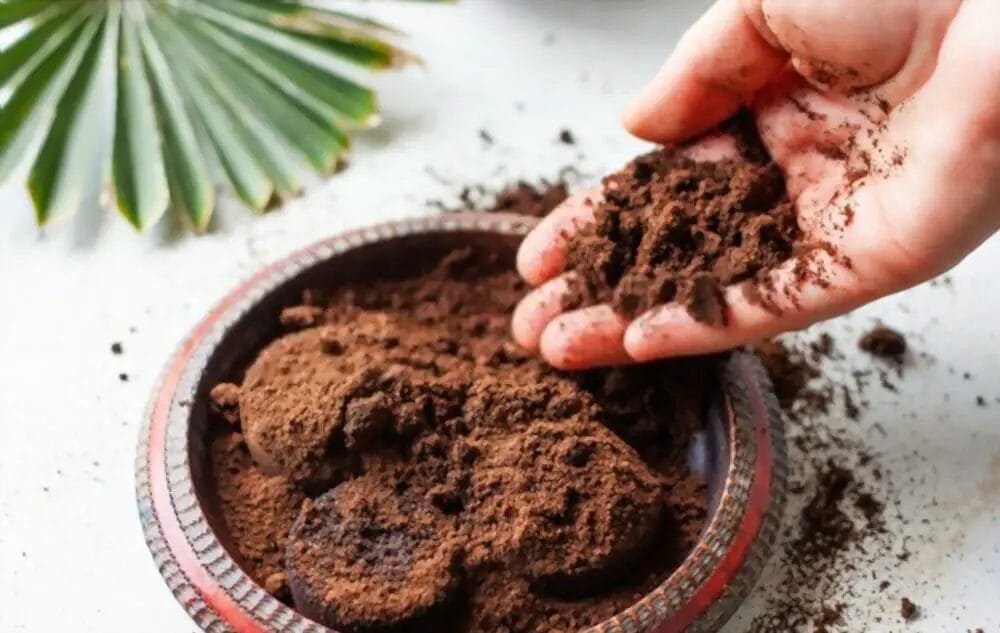
The size of the grind, the type of roast, and the bean variety are all essential elements in creating a rich, balanced flavour that will leave your palate craving another cup.
You can use pre-ground coffee as long as it is freshly ground. However, if the coffee beans are older than 24 hours, their quality will significantly decrease due to the oxygen released from the beans.
Moreover, numerous places sell pre-ground coffee, and most of the time, they are stored in the fridge. Therefore, it is essential to keep it at room temperature using a pre-ground coffee in a Moka pot.
In Moka pots, you should use only ground coffee beans within one day of grinding.
Ground coffee for a Moka pot, therefore, can be either single- or double-roasted.
Single-roasted coffee beans have a light roast that does not affect the flavour of your coffee.
The perfect ground coffee for a Moka pot is between fine and medium grind. The medium grind will give you a coffee with a balanced flavour, while the fine ground beans will produce a milder, smoother taste.
Can you use a Moka pot on an induction stove?
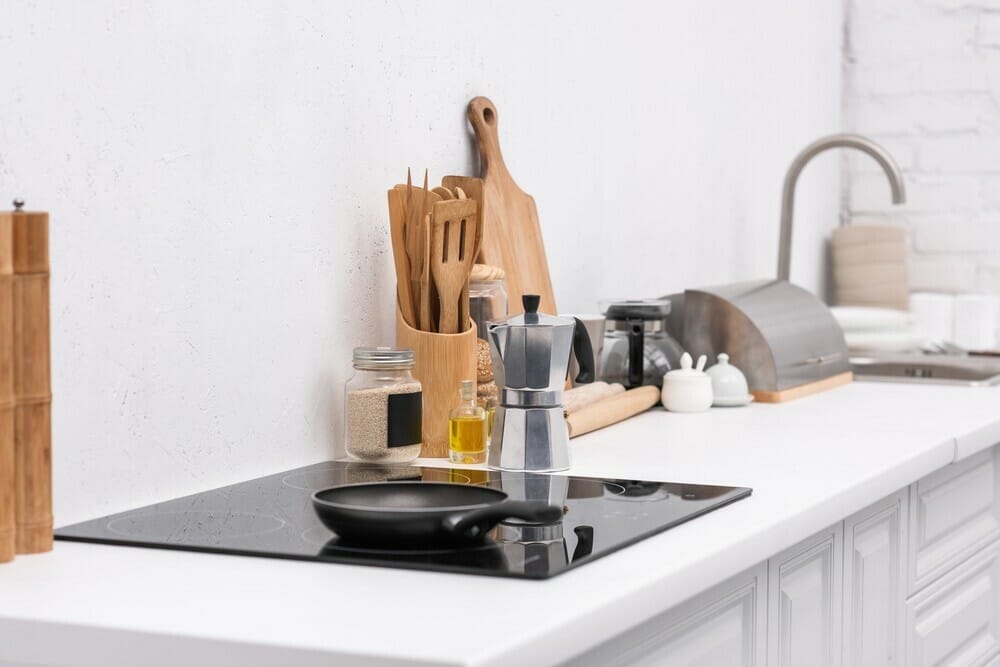
An aluminium-lined Moka pot is not compatible with induction stoves, but you can use a non-aluminium-lined Moka pot.
In an induction stove, the electric current is passed through the bottom of the pot, which energizes the electrically charged aluminium-lined chamber.
If you still want to use your aluminium Moka pot on the stove, then there are three ways you can use it-
- Place Your Moka Pot Inside A Frying Pan – If you are using an aluminium-lined Moka pot, place it inside a frying pan. The frying pan will help extend the size of the heating element.
- Buy An Induction Hob Diffuser – If you use an aluminium-lined Moka pot, you can use an induction hob diffuser. This diffuser will heat the induction stove and also lower the temperature of your pots. In addition, the diffuser will help improve the healing time.
- Use A Separate Gas Stove or a cast-iron skillet – If you use a non-aluminium Moka pot, you can use a separate gas stove or cast-iron skillet. The reason for using these stoves is to prevent the temperature of your Moka pot from rising too quickly.
You can also purchase a Moka pot that is specifically made for use on the induction stove.
Some Moka pots that already work on the induction stove are the Breville Barista Express, Bialetti New Venus Induction Stovetop Coffee Maker, and the KitchenAid Moka Express.
How to clean a Bialetti Moka pot?
[amazon Box=”B00004RFRU” ]
To clean a Bialetti Moka pot, you should never scrub the inside of the pot with a stiff brush. Instead, you can use a regular dishcloth, but specific cleaning utensils are explicitly made for Moka pots.
One of these special cleaning tools is a Bialetti Colletta, a small silicone brush that can easily reach inside the chambers of the Moka pot and clean it with ease.
You can also use an old toothbrush or a soft-bristle pastry brush for cleaning your Bialetti Moka pot.
- Step 1: Separate the top section from the base and rinse with warm water, and dr
- Step 2: Do not use strong detergents on aluminium models, but mild detergents can be used in stainless steel models along with liquid chrome polish to keep it looking new.
- Step 3: Don’t use steel wool when cleaning the Moka pot. These wools can scratch the surface of your Moka pot, leaving it looking dull and dirty.
- Step 4: Clean the inner side periodically with a soft, clean cleaning brush to remove any buildup of lime or minerals. The coffee residue is very acidic and thus will leave permanent stains on the inner sides of the percolator.
- Step 5: After properly rinsing each section, allow it to air dry before using it again.
- Step 6: Assemble all the parts when they are dry to avoid oxidation.
- Step 7: Never put Bialetti machines in the dishwasher.
Follow these steps, and you will have a perfectly clean Bialetti Moka pot every time.
How to know when a Moka pot is done?

As previously stated, the coffee in your Moka pot will spend its entire brewing time in a dormant state, so it is difficult to tell when your pot has finished brewing.
Generally, a Moka pot takes about three to five minutes to brew a batch of coffee.
Pay attention to the sound and smell of the finished coffee. A fine, tinkling sound will be produced after 1–2 minutes once the water has started to percolate through the chambers.
After 4–5 minutes, the sound of the coffee will change to a more subtle bubbling and hissing sound.
As soon as you hear this bubbling sound, your coffee is brewing, and you can immediately remove your pot from the stove. Let the coffee sit for 1-2 minutes before pouring it.
A robust and unpleasant smell will indicate that the coffee was brewed too strongly. If this happens, wait for 10 minutes to allow the brew time to finish. Then pour the coffee and enjoy.
How to clean an aluminium Moka pot?

To keep your aluminium model clean, rinse it out regularly while ridding the interior of any leftover coffee grounds or oils.
Non-aluminium models should not be cleaned in a dishwasher but should be hand washed every time.
Items needed:
- Cleaning brush
- Simple cloth for cleaning
- Cream of tartar
- Dish soap
- Step 1: Soak the pot in warm water for 15 minutes. Scrub the top layer of grime and stains.
- Step 2: Mix cream of tartar with some water up to a toothpaste consistency.
- Step 3: Apply the paste to the pot and scrub it with a toothbrush or a polishing cloth.
- Step 4: Replace your clothes between applications.
- Step 5: After polishing, rinse the pot and let it dry.
Can I brew medium roast coffee in a Moka pot?

Yes, you can brew medium roast coffee in a Moka pot. The Moka pot will force the grounds to compress and release their flavour.
Use medium to medium-fine roast coffee in your Moka pot if you want it to be less bitter.
Dark roasts taste better in a Moka pot, as they work best with their pressure.
Also, using high-quality coffee grounds will help make the coffee taste better as opposed to the low-quality coffee, which will not be as delicious.
What size is my Bialetti moka?
[amazon Box=”B00004RFRU” ]
The Bialetti Moka pot comes in various sizes. The smallest size is the 1-cup Moka Pot which is perfect for storing your favourite green tea.
The larger models of the Bialetti Moka pot are the 9-cup, 12-cup, and 18-cup models.
The 9-cup model is most common and is used by most users. The 12-cup model is large enough for small families, while the 18-cup model is perfect for a more prominent family or special occasions.
Look at the markings on the bottom of your Bialetti Moka pot to check which size you have.
The diameter of the underside will be the measurement of your base.
Sizes Available:
- 1 Cup – Dimensions: 13cm H x7.1cm Base.
- 2 Cup – Dimensions: 14cm H x 8cm Base.
- 3 Cup – Dimensions: 15.5cm H x 9cm Base.
- 6 Cup – Dimensions: 20.5cm H x 10.5cm Base.
- 9 Cup- Dimensions: 24.5cm H x 11.5cm Base
- 12 Cup – Dimensions: 28.5cm H x 13.5cm Base.
- 18 Cup- Dimensions: 31cm H x 13.5cm Base.
How many grams of coffee for a 6 cup Moka pot?
The number of grams of coffee you should use depends on how strong you want your coffee.
Use about 25 grams of coffee for a 6 cup Moka pot. However, if you are using a more significant coffee or want to make a more robust coffee, then use about 30 grams.
If you want to brew the same coffee as a standard drip brew, you should use about 22 grams in a 6 cup Moka pot but with some extra water.
You can also experiment with the amount of coffee you use, but we do not recommend using less than 22 grams.
What size Moka pot do I have?
Moka pots are available in different sizes. They range from the smallest of 1-cup to large-size of 18-cup models.
The Moka pot is measured based on its height. The underbelly can be used to measure the size of your Moka pot.
The diameter can also be used as a measurement, but it is only recommended if you have purchased a larger-sized Moka pot.
The Moka pot is measured from the bottom of the pot to the top.
The size of your Moka pot can be found by measuring the diameter of its underbelly and dividing it in half to get the measuring length.
How do I reassemble my Moka pot?
Make sure that all parts are arid before putting them back together. If not, the aluminium could corrode and prevent your pot from working correctly.
Before we assemble the pot, let’s look at the separate parts
- Boiler
- Gasket
- Filter lid
- Filter basket
- Collector
Now we know which parts to put together, let’s see how to reassemble the pot.
- Step 1: Make 2 parts out of the separate parts to easily screw them together. For the first part, take the boiler and the filter basket. Then, drop the filter basket in the boiler.
- Step 2: For the second part, take the Gasket, filter basket, and collector. Put the collector upside down and drop the filter lid in it. Put the Gasket in the collector to keep the top locked.
- Step 3: Take both the parts, put them on the countertop, and screw them together. See that they’re screwed tight and are appropriately sealed.
And that’s it! You have just assembled the Moka pot.
Can I use a Moka pot on an electric stove?
There are a few different types of electric stoves that can work in different ways. They are-
- Coil: This type of electric stove has a coil burner that heats the pot.
- Induction: This type of electric stove heats using induction and doesn’t use any flame to heat the pot.
- Infrared: This kind of heating device uses infrared energy to heat the pot.
The Coil and the Infrared stoves can be used with Moka pots without any issues. However, they do need to be taken care of properly to avoid getting damaged.
But you cannot use the aluminium Moka pots on the induction stove. For that, you may need Moka pots which are specifically made for induction use.
Do you tamp a moka pot?
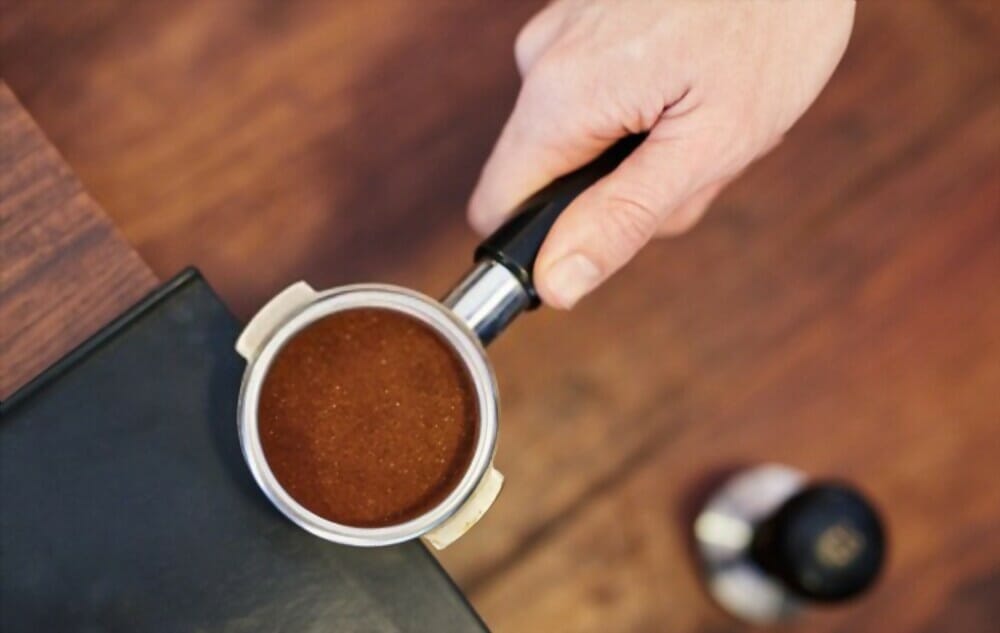
Tamping requires using pressure to press down the coffee grounds. Tamping is usually done to ensure that the coffee grounds are evenly distributed throughout the pot.
Tamping is used to remove the extra air from the bottom of a coffee pot, increasing the surface area and making for better extraction.
While tamping may be necessary for espresso machines, it is unnecessary in Moka pots because the water pressure creates pressure in the pot, and there is no need for additional pressure.
However, it is not recommended to tamp your grounds in a Moka pot. Because Moka pots use steam to brew coffee, the tamping will cause your Moka pot to explode and may cause damages like flying pieces or from hot water.
You should avoid tamping down your coffee grounds if you're using a Moka pot.
Wrapping up

In this article, we have highlighted different FAQs about Moka pot. We also looked at the various models of Moka pots and how much coffee makes a cup of coffee using a 6 cup Moka pot.
If you now understand how the Moka works, you can choose what size and quality will suit your needs.
We hope you find our guide helpful and have answered all your questions about the Bialetti coffee maker.
If you have any more questions about a Moka pot, please let us know. We'll do our best to answer your question.
Have a great day!

